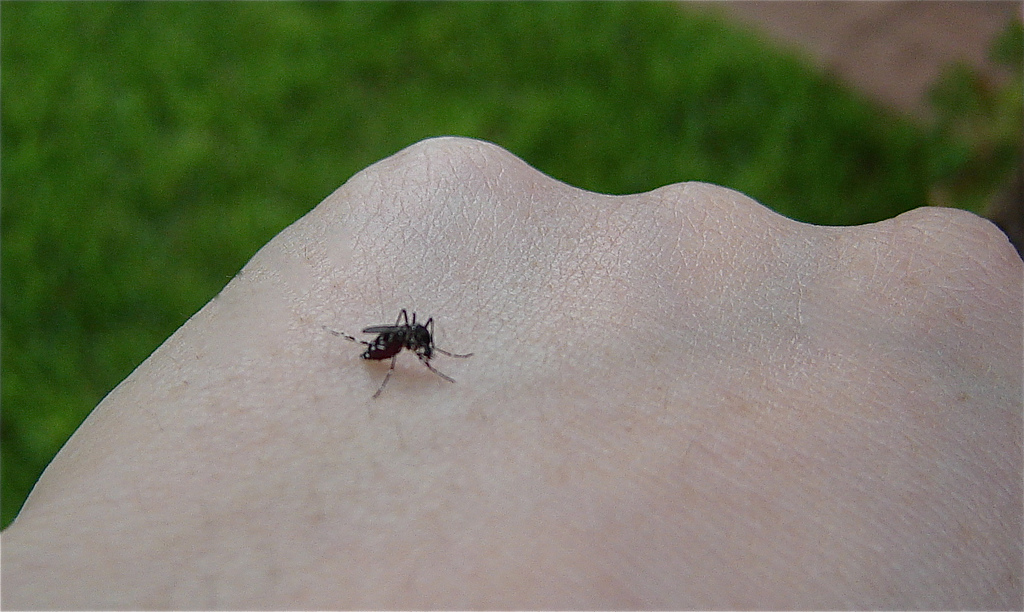This story originally appeared on KERA News.
Turns out those record downpours the last few months might have helped keep down the number of West Nile virus cases.
“They kept down the mosquitos that carry the West Nile virus, but of course they increased the number of misquotes we had,” says UNT biology professor James Kennedy. Kennedy researches aquatic insects and helps the city of Denton with West Nile testing.
To understand why Texas had more mosquitoes but fewer carrying the virus, you have to understand that mosquitos have personalities too. Kennedy explains there are about 40 different types of mosquitoes in North Texas. And they each like to breed in different environments.
“Some like containers” Kennedy says. “Other mosquitoes are flood water mosquitoes, they like to breed in streams when they overbank or in puddles of water that form after heavy rains.”
So earlier this summer, when floodwater mosquitoes dominated the North Texas terrain, we had fewer cases of mosquitoes with West Nile virus.
Now that things have dried out, we’re starting to see more of the mosquitoes that carry the virus, Kennedy says. So, what can we expect for the rest of August and September? Kennedy says there are a few scenarios that could play out:
“We’ve seen in some years in the past that as the temperatures got very high – average temperatures over 100 degrees — that the incidence of West Nile virus would decline overtime,” Kennedy says. “Because the temperature got too warm we think for the virus to propagate within the mosquito itself.”
And weeks of 100-plus degree temperatures predicted, it could be harder on mosquitoes than it is for us. If the triple-digit weather eases, the Virus could make a comeback.
Either way, health officials are advising all residents to take precautions. Use DEET-based insect repellent when outside and empty standing water from outdoor containers — those spots where mosquitos like to breed.
















